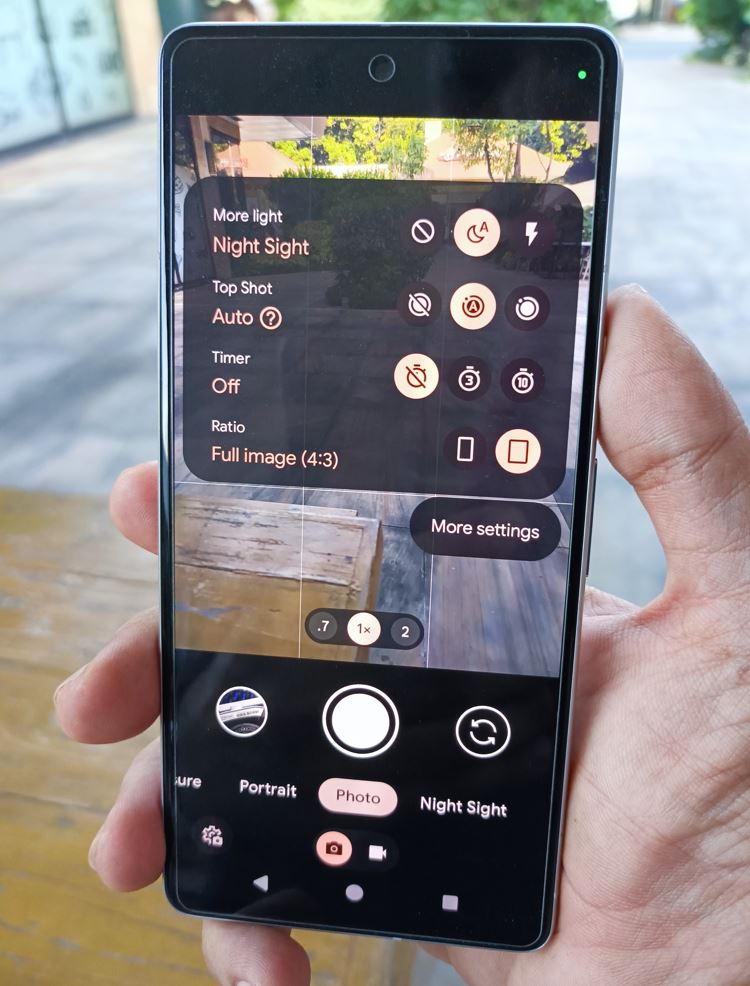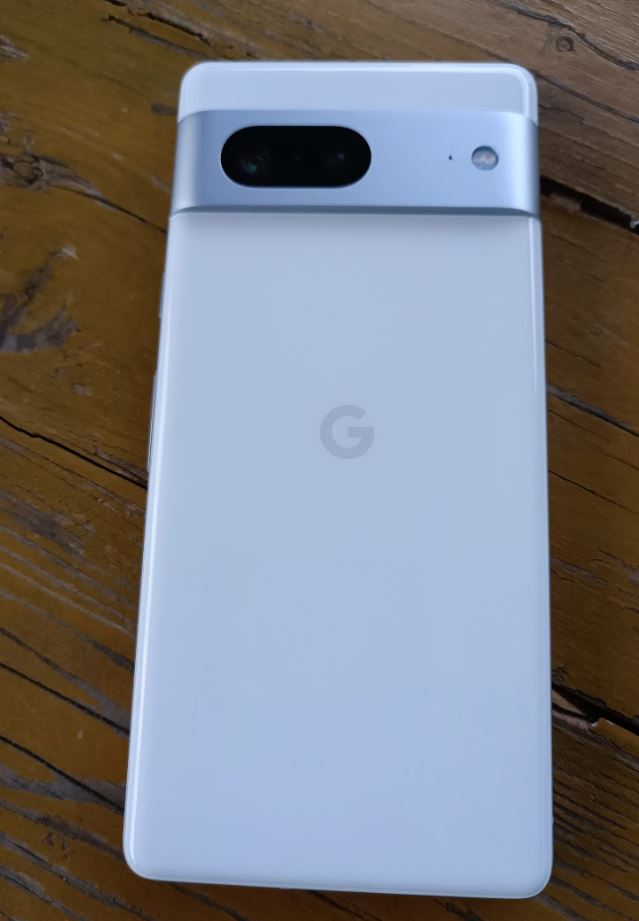Ed Geronia writes about his experiences with the purest of Android experiences — the Google Pixel. The best version of Android has no bloatware, made by Google, but is not officially available in the Philippines. Read our Pixel 8 announcement here.
My first Android phone was a Samsung Galaxy Spica which came with Android 1.5 (Cupcake). Released in 2009, it had a 3.2-inch touchscreen and an 800Mhz CPU. Along with Samsung, I’ve owned several Android phones from ASUS, OPPO, Lenovo, Nokia and Xiaomi to name a few. My initial encounter with a Google-branded Android device was a Nexus 7 which I got in 2012. It was a first generation tablet that was a collaboration between Google and Asus. It ran on a pure version of Android 4.1 (Jelly Bean) and had an NVIDIA Tegra 3 CPU with a 7-inch touchscreen with 8GB of storage. The Nexus tablet was an offshoot of Google’s very first line of Nexus phones which was released in 2010.
In May this year, I got a Google Pixel 7 a few months after its release. After an update, it’s now running Android 14. In the Philippines, Pixel phones are not released officially so they are only available as grey market units. For anyone coming from Android phones from other manufacturers, shifting to a Pixel phone can be quite an exhilarating experience. Even if the Pixel 8 series is starting to trickle down, it’s still a great time to be a Pixel owner even if it’s not the latest model because of Google’s commitment to introducing new features via software.
The Pixel hardware is of course the first thing that you’d notice. The heft and premium feel of the aluminum frame and Gorilla Glass-backed chassis is a good indication that you have something special in your hands. There are no unnecessary protrusions on the sides with the volume and power buttons neatly laid out on the right side. Unique to the current line of Pixel phones is the protruding camera module which houses the main and wide-angle cameras. This visor-like camera bulge is what makes a Pixel phone a Pixel, at least from a design standpoint.

On the hardware side, the main camera is a 50MP (f/1.85) that’s paired with a wide-angle 12MP (f/2.2) lens. The sensors are pretty much on par with mainstream shooters from other brands but its the software features that make it a standout. For the current drop, the Google Camera app gets a revised UI with a smattering of new functionality on top of existing camera features. There’s now a quick toggle when switching from photo to video.
Google’s Night Sight is one of the Pixel’s most standout features and leverages the power of its Tensor chip and AI for impressive low light shots. Night Sight can be set to auto so there’s no need to remember to turn it on when taking low light photos. HDR Plus with zero shutter lag is another boon to Pixel photographers for taking great shots. Pixel phones can choose the best photos from your shots and even do some photographic magic in post, specifically removing unwanted objects (or people) with the Magic Eraser tool. If you want to unblur and blur your shots, you can use the Portrait blur and Unblur tool. New to Pixel 8 phones is the Best Take feature which can uncannily fix people’s frowns, head and face angle, and closed eyes for the best shot using AI. Since this is a software feature, it’s also highly likely that it will be available to other Pixel models at some time in the future.
Beyond the powerful photo features, you can always be sure the functionality of a Pixel phone is top notch with its constant updates or feature drops. Late model Pixel phones have several years of guaranteed update and being a Google product, Pixel users always get first dibs on the latest Android version ahead of every other non-Google branded phone.

Live Transcription and Live Translation are two language-related Pixel features that are very useful for those who regularly record meetings or lectures and play it back later. Music buffs will appreciate Now Playing which can identify song titles and artists in real time without having to launch an app.
Another reason for wanting to be on team Pixel is the sheer usability of using a pure Android version. This means Android OS as it was designed to be used by Google with no unnecessary add-ons on the UI or tweaking by manufacturers which may be a hit or miss.
As mentioned before, there are small caveats to using a Pixel in the Philippines. First is the lack of official support as well as authorized Google Pixel retailers. The price may be a bit high compared to the international SRP. This includes the entry-level A models, the mid-range models, and the Pro models. You have to rely on the warranty (if available) provided by the reseller. As of this writing, 5G is also not enabled for Pixel units that are imported from other countries by resellers. This means 4G/LTE is the fastest wireless connectivity you can get when connected via mobile data.


